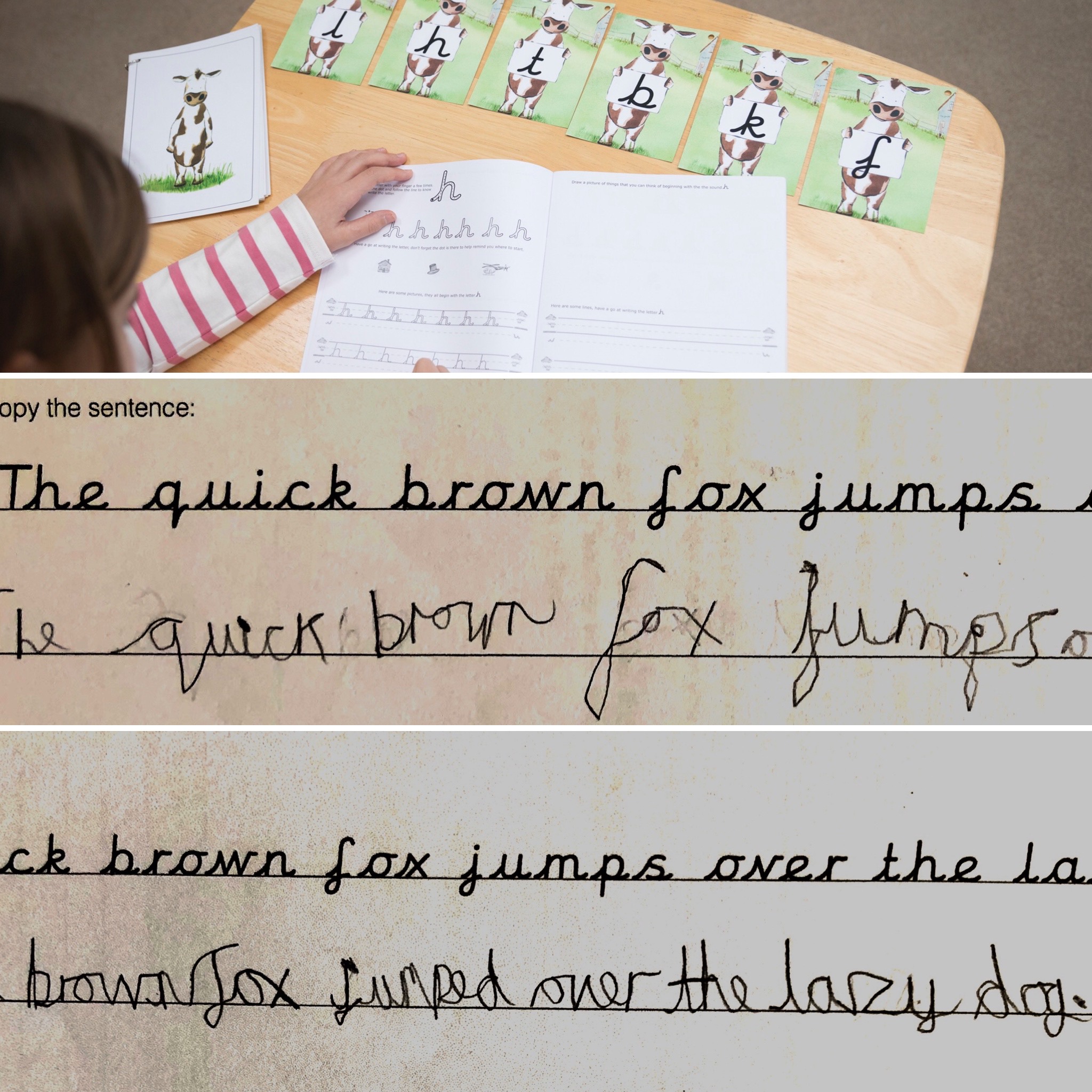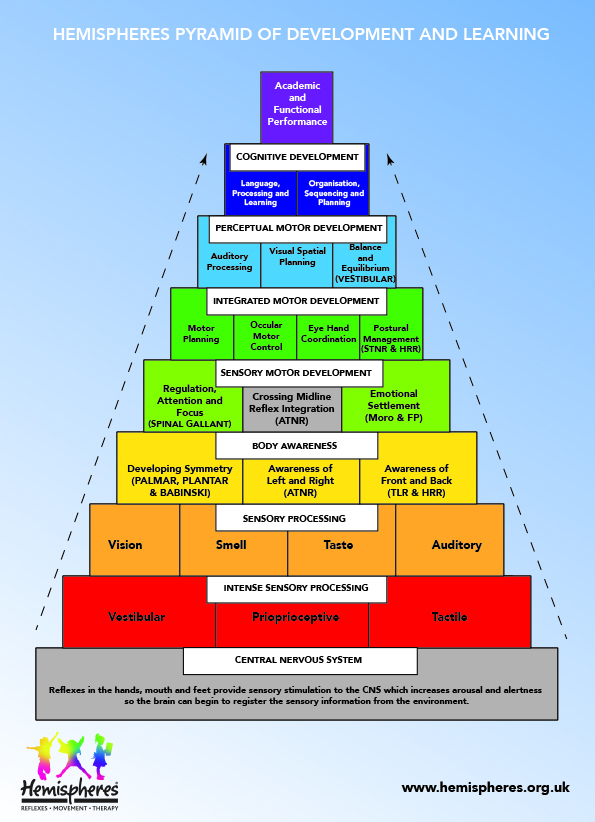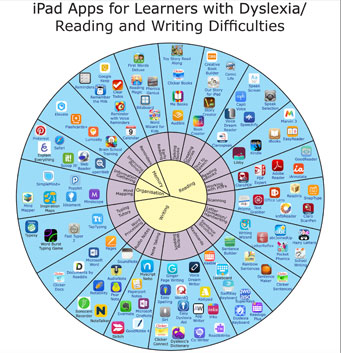Articles
Why movement helps us learn

Learning to control movement is one of our first forms of language. At birth the movements that a baby displays are random and appear uncontrolled. However, over the first 18 months of life the baby learn to not only control their movements but to develop skills like rolling, crawling, standing up against gravity and taking their first steps. Every parent delights in this and knows through both instinct and experience that this sequence has to happen and in a set order, but how and why?
It actually begins in the womb, even before birth, where the brain begins to build its communication pathways. This work in progress continues after birth and goes through a highly accelerated period of activity in the first 18 months of life.
During this time parents are often astonished at how much their baby changes everyday; taking on new skills and becoming their own little person. As parents we certainly facilitate our baby’s development, however, the control for development is instinctive in most children and they actually need little to no guidance. The predictive movement milestones that govern a baby’s development in these first 18 months occurs in a natural sequence. This is facilitated by the “hidden” instructions within the reflexes. If a baby fails to meet these expected milestones this indicates potential challenges to this pattern and that something may not be quite right: perhaps to a broken link in the reflex chain that needs to be re - forged and set in place.

We are, therefore, literally programmed to move, but why? Movement triggers a whole raft of other learning skills crucial to our ongoing development. At this stage we are building the foundation of our skills and that foundation must be strong to hold everything else aloft. Let’s consider this further by looking at the key movement of crawling in more depth.
When a baby starts to crawl sensory awareness of the top and bottom of their body begins (the Transverse midline of the body) and they develop movements against the force of gravity. In this position they start to garner strength in large joints like the shoulders and hips and their core and back muscles start to get strong too – essential for later postures like standing and sitting upright at a desk to concentrate and write.
Getting strong builds endurance and stamina without which a day at school seems hard to manage later on and can lead to tears and tantrums at homework time. As the baby controls their movements in crawling they develop better movement planning and coordination skills and a greater awareness of where their body is in space, speed and motion (vestibular sense).
In life we have to judge where we are in relation to ourselves, other objects and other people from a physical, social and emotional perspective or else we appear “clumsy” and “awkward” in more ways than one. This increased ability to move and manoeuvre their body helps the baby explore their world, increasing their curiosity and confidence. Whilst crawling they use their eyes in important actions like looking near and far, crucial for when they go to school and have to look up from their work to the board without losing their place.
This one movement helps their brain and body talk to each other like good friends and also helps their brain have a good conversation with itself: other movements, also triggered via the reflexes, deepens this friendship. This friendship is the most important one a baby will ever make and movement is essential to that. This is what makes movement so important and such a natural and effective treatment tool.
You might also be interested in

Hemispheres Think Write Improves Handwriting

Hemispheres Pyramid of Development and Learning

Check out these Dyslexia Apps
Copyright © 2024 | Privacy Policy


